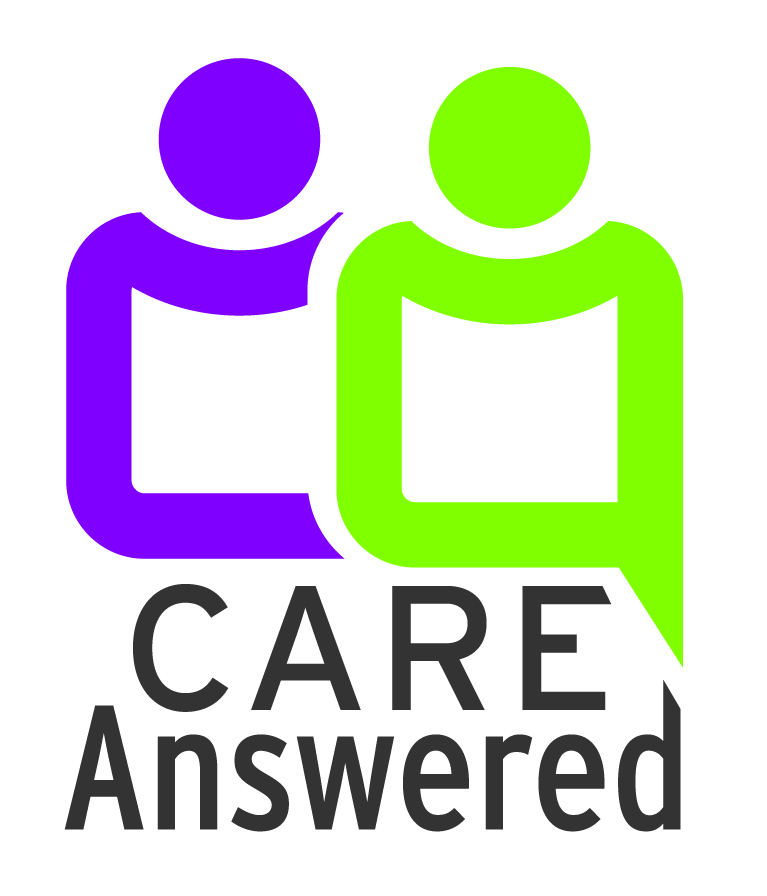 There are more than 304 million people in the United States of America, and each of us is unique. A little more than half of us are women; about a third of us identify as a racial or ethnic minority. Around 12% of us are living with a disability, while 14.5% of us live below the federal poverty level. Most of us live in urban areas (77%), but nearly a quarter of us live in rural communities. Four percent of us identify as gay, lesbian, bisexual or transgender.
There are more than 304 million people in the United States of America, and each of us is unique. A little more than half of us are women; about a third of us identify as a racial or ethnic minority. Around 12% of us are living with a disability, while 14.5% of us live below the federal poverty level. Most of us live in urban areas (77%), but nearly a quarter of us live in rural communities. Four percent of us identify as gay, lesbian, bisexual or transgender.
These are just a few of the factors that may be used to describe, categorize, or prejudge us. Importantly, they may also contribute to differences in our health status. These differences are known as disparities, and it is important that they are recognized and addressed.
Healthy People 2020, the federal government’s prevention agenda, defines a health disparity as “a particular type of health difference that is closely linked with social, economic, and/or environmental disadvantage.” Disparities are often tied to social determinants of health – factors such as access to fresh food, safe places to exercise, education, income, employment and housing.
Sometimes disparities are biologically driven. For example, we know that in women, heart attack symptoms are different from symptoms in men.
Disparities may also be environmental. People who live in neighborhoods that lack grocery stores – sometimes called food deserts – may have poorer health status brought about by poor diets.
Disparities may be related to attitudes and biases. For example, for decades women were told that their symptoms were caused by their emotions, and so heart disease was largely unrecognized as a women’s health issue.
In many cases, however, disparities are the result of multiple factors that combine to create devastating outcomes. For example, African American women have similar rates of breast cancer as white women, yet they are 42% more likely to die of the disease.
How can we address health disparities?
Solving a problem with so many root causes requires collaboration by government, healthcare providers, and community-based agencies. Here are a few projects addressing disparities:
- Medicare Advantage may begin covering air conditioners for people with asthma, healthy groceries, and rides to medical appointments under rules proposed for next year.
- Some hospitals are hiring patient navigators to assist patients with accessing effective treatment and preventive services.
- New York State has supported community-based programs such as “Complete Streets” that promote safe outdoor spaces for exercise.
- The Long Island Health Collaborative’s website offers links to resources to promote health and wellness. LIHC’s own “Ready Feet” program promotes walking as a form of exercise in communities across Long Island.
What can you do?
Be your own healthcare advocate, so that your health does not suffer as a result of environmental disparities.
- Ask questions of your doctors, and make sure you understand all diagnoses and treatment recommendations.
- Follow up on necessary screening examinations and diagnostic tests.
- Speak up – don’t hesitate to discuss your concerns or questions with your doctor.
- Be proactive by adopting a healthy diet and an active lifestyle
Recognizing the existence of health disparities is the first stop toward overcoming them. Contact Care Answered for help in lifting your voice to access your best care.
For more information, contact us.

